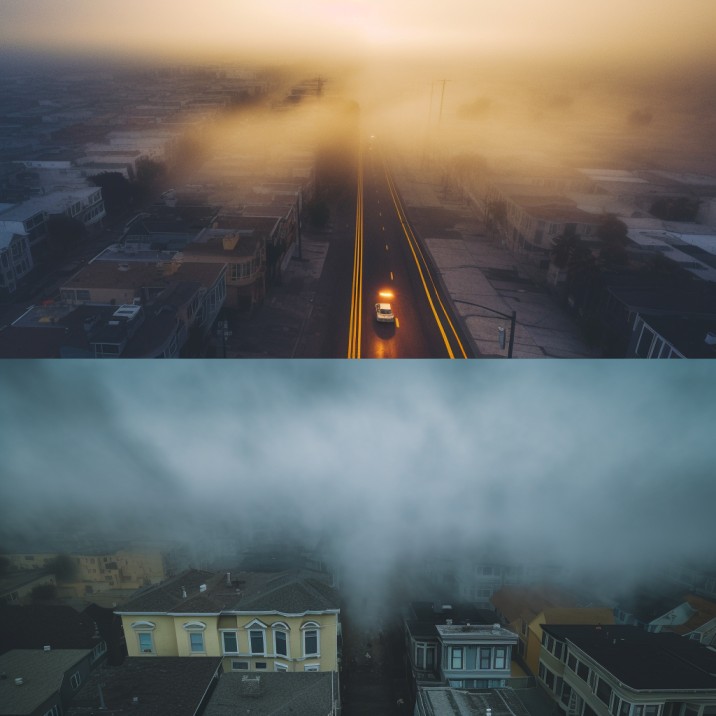Drone photography has become increasingly popular in recent years, offering unique perspectives and stunning aerial views. The M43 (Micro Four Thirds) camera system is a popular choice among drone enthusiasts and professional photographers due to its lightweight design, compact size, and exceptional image quality. In this article, we will explore professional techniques for drone photography and editing using the M43 camera system. We will cover essential tips for capturing breathtaking aerial images, discuss the advantages of the M43 system, and provide guidance on editing techniques to enhance your drone photography.
Essential Tips for Drone Photography
Pre-flight preparations
Before taking your drone to the sky, it is essential to make proper preparations to ensure a successful and safe photography session. These preparations include familiarizing yourself with local regulations, checking weather conditions, and planning your flight path. It is crucial to have a clear goal in mind for your photography session and to scout the location beforehand for potential obstacles or interesting compositions.
Composition and framing
Composition plays a vital role in creating visually appealing drone photographs. When framing your shots, consider the rule of thirds, leading lines, and foreground elements to add depth and interest. Experiment with different angles, heights, and perspectives to capture unique and compelling images. Additionally, be mindful of the horizon line and ensure it is level in your photographs.
Lighting considerations
Lighting is key in photography, and the same applies to drone photography. The golden hour, which occurs during the first and last hours of sunlight, provides soft, warm lighting that can enhance your images. Avoid harsh midday lighting, as it can create strong shadows and blown-out highlights. If you are shooting in challenging lighting conditions, consider using exposure bracketing or graduated filters to balance the exposure and capture details in both highlights and shadows.
Utilizing the M43 camera system
The M43 camera system offers several advantages for drone photography. Its compact size and lightweight design make it ideal for aerial photography, as it reduces the overall weight and allows for more stable flight. The interchangeable lenses provide versatility, allowing you to select the appropriate focal length for different compositions. Additionally, the M43 system offers excellent image quality, dynamic range, and low-light performance, ensuring your drone photographs are sharp, detailed, and vibrant.
Editing Techniques for Drone Photography
Importing and organizing your images
After your drone photography session, it’s time to import and organize your images. Use a reliable image management software, such as Adobe Lightroom or Capture One, to import your photos and create a structured catalog. Organize your images into folders or collections based on location, date, or subject matter to easily locate and access them during the editing process.
Basic adjustments
Start your editing process by making basic adjustments to enhance the overall appearance of your drone photographs. These adjustments may include cropping, straightening the horizon, adjusting exposure, contrast, highlights, shadows, and white balance. Aim to achieve a balanced and natural-looking image while preserving the details in both the highlights and shadows.
Fine-tuning with selective adjustments
Selective adjustments allow you to target specific areas of your drone photographs for further enhancements. Use tools like adjustment brushes or graduated filters to selectively adjust exposure, contrast, saturation, or sharpness. This allows you to bring out the details in specific areas, correct any exposure inconsistencies, or add creative effects to your images.
Removing distractions and enhancing details
In drone photography, it is common to encounter distractions such as sensor dust spots or unwanted objects in the frame. Utilize the clone stamp or healing brush tools to remove these distractions and create a clean and polished final image. Additionally, consider enhancing the details in your photographs using sharpening tools or noise reduction techniques to achieve a professional and crisp look.
Creative editing and stylization
Once you have made the necessary adjustments, it’s time to unleash your creativity and add your personal touch to your drone photographs. Experiment with different presets or create your own unique editing style using tools like color grading, split toning, or creative filters. Remember to maintain a cohesive look throughout your portfolio to create a consistent visual identity.
Mastering the art of drone photography and editing with the M43 camera system requires practice, experimentation, and a keen eye for composition. By following the essential tips for drone photography and utilizing the powerful editing techniques discussed in this article, you can elevate your aerial photography to a professional level. Embrace the unique perspective that drones offer, push your creative boundaries, and capture breathtaking images that will leave a lasting impression on viewers.
